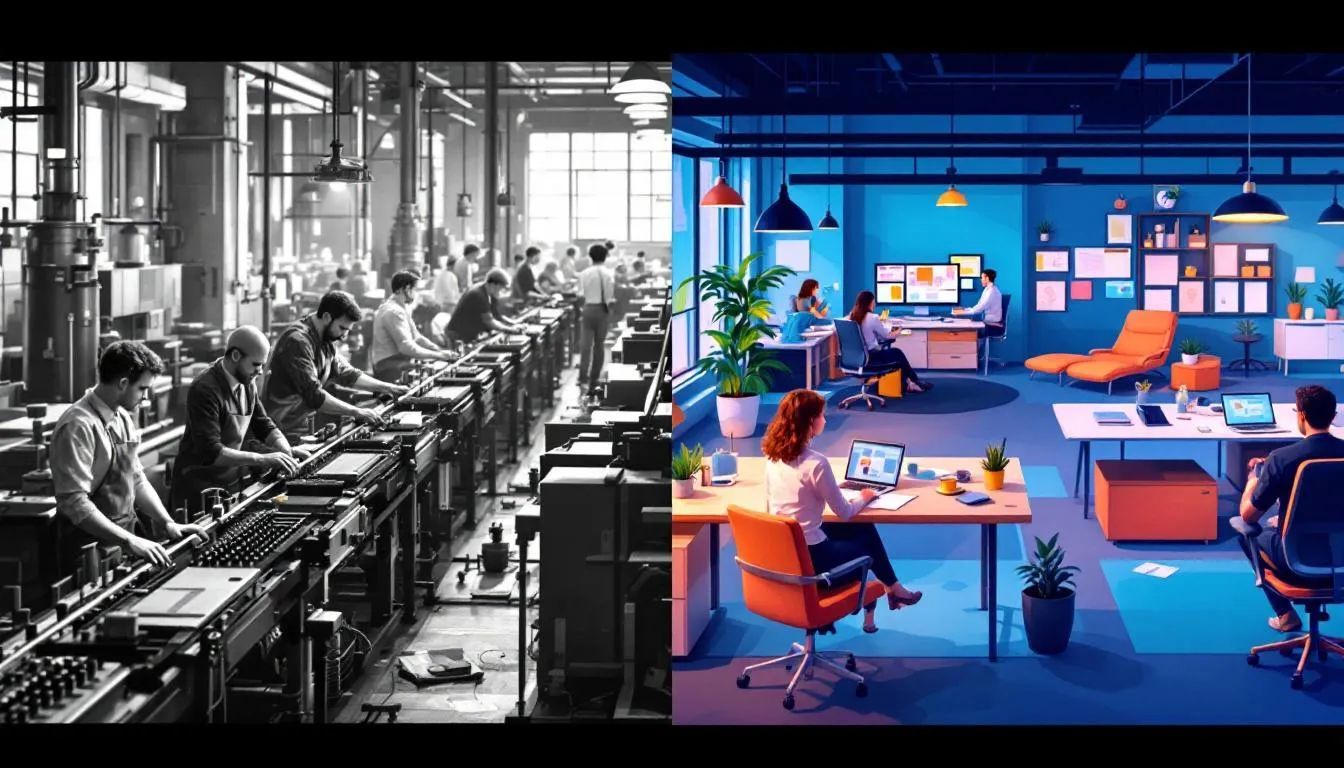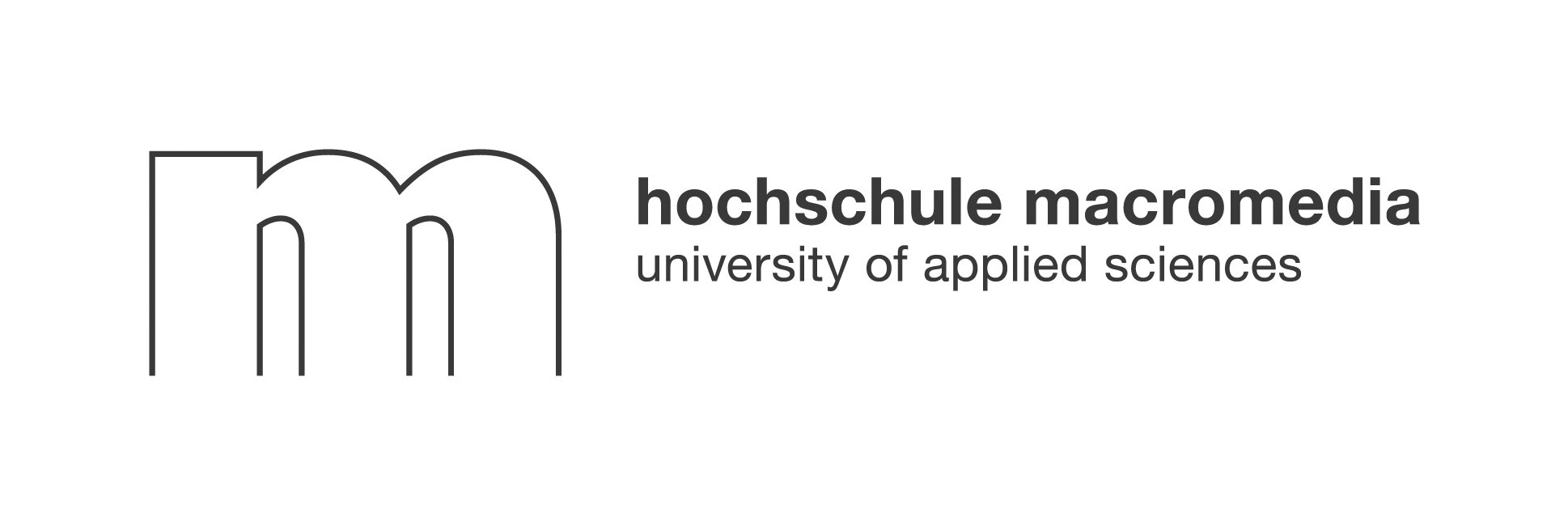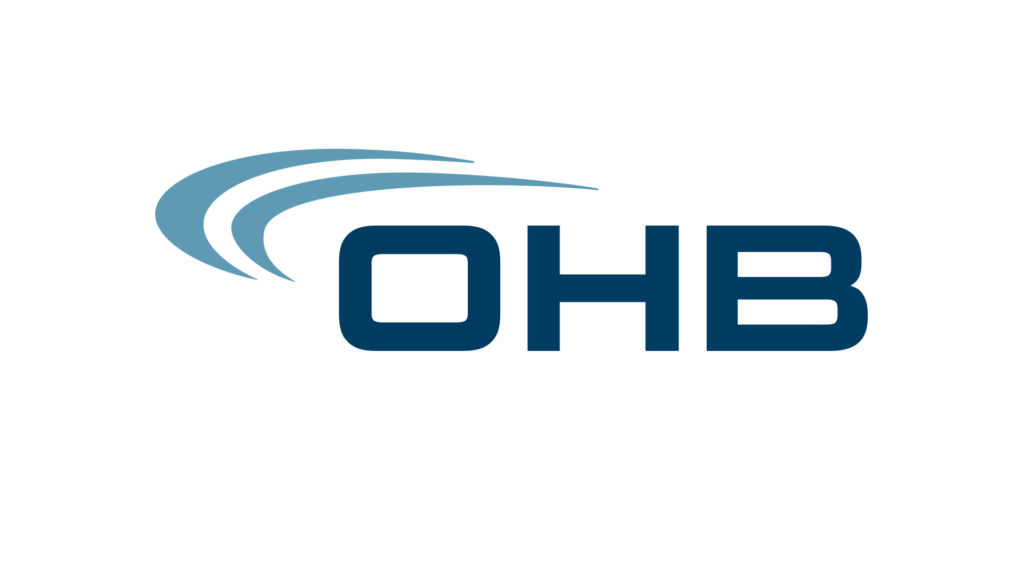In 2025, the human-centered workplace is more than a buzzword—it's a proven strategy for building organizations where people thrive and businesses excel. Yet, many companies still struggle to turn this concept into reality, especially in hybrid and remote environments where impersonal systems and digital silos can leave employees feeling isolated. What if there was a way to bridge that gap, using technology to foster authentic, organic connections? This guide unpacks what a human-centered workplace truly means today, why it matters, and how organizations like Neroia are revolutionizing workplace culture through AI-driven, people-first solutions.
1. Defining the Human-centered Workplace in 2025
The human-centered workplace puts people—rather than processes or profits—at the core of every decision. Unlike traditional models, which often prioritize efficiency and output above all else, a human-centered approach focuses on empathy, inclusion, and shared purpose.
What sets it apart? In a human-centered workplace, leaders actively listen to employees, understand their unique needs, and co-create solutions. Policies are designed with flexibility, well-being, and growth in mind. This model acknowledges that employees are not just resources—they are individuals with diverse backgrounds, aspirations, and challenges.
At its heart, the human-centered workplace is built on three core principles:
- Empathy: Leaders and systems genuinely care about employees’ experiences.
- Inclusion: Everyone’s voice matters, regardless of role or location.
- Shared Purpose: Employees connect their daily work to a larger, meaningful mission.
This approach is especially crucial in today’s hybrid and remote work environments, where the risk of disconnection is high. By centering the human experience, organizations can build cultures where people feel valued, heard, and motivated to contribute their best.
2. Why Putting People First Pays Off: Key Benefits for Organizations

Organizations that embrace a human-centered workplace see tangible benefits across the board. Research consistently shows that when employees feel cared for and empowered, productivity rises, turnover drops, and customer satisfaction improves.
A recent Gartner study found that employees in human-centric work models are nearly four times more likely to perform at high levels and over three times more likely to stay with their employer. These workplaces also report significantly lower levels of fatigue and burnout.
The benefits include:
- Higher Productivity: Employees who feel supported and engaged are more motivated and innovative.
- Improved Retention: A sense of belonging and purpose reduces turnover, saving costs and preserving institutional knowledge.
- Enhanced Customer Impact: Happy employees deliver better service, leading to satisfied, loyal customers.
"Satisfied employees are up to 20% more productive, and happy salespeople generate 37% more sales."
— Forbes Coaches Council
By making well-being, flexibility, and recognition central to the workplace, organizations not only boost performance but also foster resilience and adaptability in a rapidly changing world.
3. A Brief History: From Taylorism to the Human-centered Era
To understand the shift towards a human-centered workplace, it helps to look at where we've come from.
- Scientific Management Roots: In the early 20th century, Frederick Taylor’s scientific management focused on optimizing efficiency, often at the expense of worker satisfaction. Employees were seen as cogs in a machine, valued mainly for output.
- Human Relations Movement: By the mid-1900s, researchers like Elton Mayo highlighted the importance of social interaction, morale, and job satisfaction. This era recognized that people are not just laborers—they are social beings whose well-being impacts performance.
- Digital Transformation and Flexible Work: The rise of knowledge work, digital tools, and remote collaboration has further shifted the focus to employee experience. Flexible schedules, wellness programs, and inclusive cultures are now essential for attracting and retaining top talent.
Today’s human-centered workplace is the result of decades of learning: when organizations truly value their people, everyone wins.
4. The Nine Pillars of a Truly Human-centered Workplace
A human-centered workplace is not built overnight. It stands on nine essential pillars that together create an environment where people can do their best work.
Each pillar supports the whole person, not just the worker. When combined, they create a foundation for trust, engagement, and sustainable success.
5. Co-Designing Jobs with Employees: A Step-by-Step Approach
One hallmark of the human-centered workplace is involving employees directly in shaping their roles and environments. Here’s how organizations can co-design jobs for lasting impact:
- Mapping Pain Points with Empathy:
Begin by listening deeply to employees about their daily challenges and frustrations. Use surveys, interviews, or even informal conversations to gather honest feedback. - Prototyping Solutions Collectively:
Bring employees together to brainstorm and develop potential solutions. Encourage creativity and openness—sometimes the best ideas come from unexpected places. - Testing and Iterating at Low Cost:
Pilot new approaches on a small scale. Collect feedback, measure results, and refine based on what works. This agile process ensures that changes are practical, effective, and embraced by the team.
"Including frontline employees in job design is a key driver of success. Approaching job design inclusively and collaboratively builds capacity, leadership skills, belonging, and trust."
— National Fund for Workforce Solutions
This co-design process not only leads to better jobs but also empowers employees, making them feel invested in the organization’s success.
6. Everyday Practices to Sustain a Human-centered Culture
Building a human-centered workplace is not a one-time project—it requires daily commitment and practical actions. Here are three everyday practices that keep people at the center:
- Flexible Scheduling Done Right:
Offer true flexibility, not just in hours but in how and where work gets done. Use digital tools to coordinate across time zones and preferences, ensuring everyone can participate fully. - Micro-Recognition Rituals:
Celebrate small wins and everyday contributions, not just major achievements. A quick shout-out in a meeting or a thank-you message can make a big difference in morale. - Wellness Check-ins and Resources:
Regularly check in on employees’ well-being, both formally (surveys, one-on-ones) and informally (casual chats). Provide access to mental health resources, wellness programs, and peer support.
"Recognition for accomplishments and hard work is an integral part of showing your employees that they’re valued... Paying attention to these details and awarding out-of-the-box thinking shows employees their impact and contributions."
— Jostle Blog
These practices, when embedded in the culture, create a sense of belonging and psychological safety.
7. Measuring Success: Metrics, Surveys and Continuous Improvement
A human-centered workplace is always evolving, guided by data and feedback. To measure progress and stay on track, organizations should focus on three key areas:
- Engagement and Retention Scores:
Use regular surveys to gauge how connected and committed employees feel. Track turnover rates to identify trends and address issues early. - Performance and Innovation Indicators:
Monitor productivity, creativity, and customer satisfaction. High-performing, innovative teams are often the result of a supportive, people-first culture. - Well-being and Fatigue Metrics:
Assess stress levels, burnout risks, and overall health. Tools like pulse surveys and wellness app integrations can provide real-time insights.
Continuous improvement means acting on this data—making small adjustments, celebrating progress, and staying responsive to employees' evolving needs.
How Neroia Revolutionizes the Human-centered Workplace
Traditional workplace models often fall short in hybrid and remote settings. Impersonal HR systems, rigid event planning, and lack of empathy can leave employees feeling disconnected and unseen. This is where Neroia steps in, offering a fresh, AI-powered approach to building a truly human-centered workplace.
Neroia’s social employee benefits platform is designed to effortlessly foster authentic connections among coworkers, even across distributed teams. By leveraging AI, Neroia curates micro-events—like yoga sessions, cycling meetups, and cultural exchanges—for small groups of three to four participants. These activities are tailored to individual interests and schedules, removing the friction of planning and ensuring that everyone, regardless of location, can participate.
Neroia’s platform integrates with popular engagement tools such as Slack and mental health apps, creating a unified ecosystem for well-being and connection. Employees can discover new activities, join micro-events, and track their engagement—all in one place.
"Neroia’s AI-driven recommendations help employees effortlessly discover shared interests and build genuine relationships, breaking down silos and nurturing a vibrant, inclusive culture."
This approach is perfectly aligned with 2025 workplace trends:
- Empathetic Leadership: Neroia’s platform empowers leaders to support employee well-being and foster psychological safety by making meaningful connections easy and accessible.
- Well-being-focused Engagement: Activities are not just about fun—they’re designed to boost mental and physical health, reduce isolation, and promote a sense of belonging.
- Personalized, AI-tailored Interactions: By analyzing anonymized data, Neroia ensures that every recommendation is relevant and respectful of individual privacy.
The result? Employees feel valued, included, and connected—no matter where they work.
Why Traditional Models Fail in Hybrid Environments
- Rely on one-size-fits-all events that exclude remote or introverted employees
- Depend on manual coordination, leading to low participation and high planning fatigue
- Lack real-time insights into employee preferences and well-being
- Fail to create authentic, informal interactions that build trust and camaraderie
How Neroia’s Micro-events Transform Engagement
- AI-curated activities match real interests and schedules for maximum relevance
- Small group sizes foster genuine conversation and connection
- Seamless integration with existing tools (Slack, wellness apps) streamlines participation
- Anonymized analytics protect privacy while enabling HR to measure impact
Steps to Launching a Human-centered Workplace with Neroia
- Assess current engagement and well-being metrics to identify areas for improvement.
- Integrate Neroia’s platform with communication and wellness tools already in use.
- Invite employees to set interests and availability, ensuring inclusive participation.
- Let Neroia’s AI recommend and coordinate micro-events tailored to your team.
- Collect feedback and analytics to continuously refine activities and measure cultural impact.
The Future: Belonging, Purpose, and Sustainable Success
As organizations navigate the complexities of hybrid work, the human-centered workplace is no longer optional—it’s essential. By prioritizing empathy, inclusion, and authentic connection, companies can unlock higher productivity, stronger retention, and a culture of innovation.
Neroia stands at the forefront of this movement, replacing rigid structures with personalized, AI-driven interactions that make every employee feel seen and valued. Its commitment to privacy, adaptability, and real human connection positions Neroia as the best option for organizations ready to embrace the future of work.
"A human-centered workplace that rewards, supports, and develops its employees benefits from motivated teams who are more than ready to meet the next challenge."
Ready to transform your culture? Discover how Neroia’s platform can help your organization build a truly human-centered workplace—one micro-event at a time.




